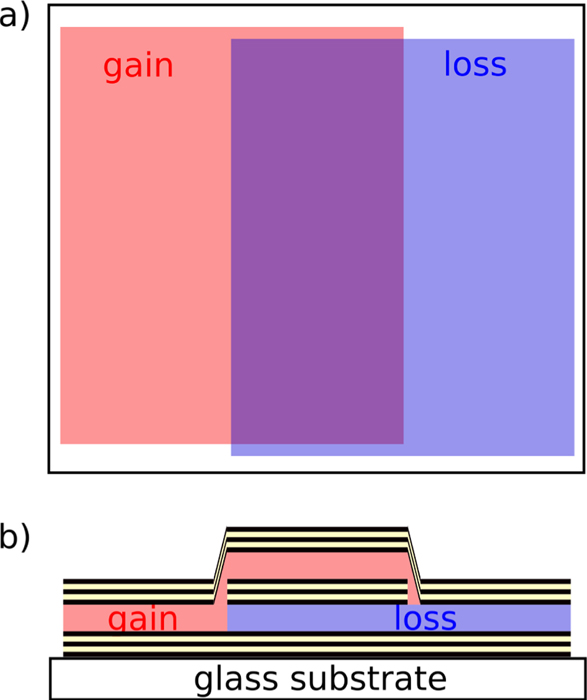Karla Roszeitis, Markas Sudzius, Alexander Palatnik, Rebekka Koch, Jan Carl Budich, Karl Leo. Coherence onset in PT-symmetric organic microcavities: towards directional propagation of light[J]. Journal of the European Optical Society-Rapid Publications, 2022, 18(1): 2022006
Search by keywords or author
Journals >Journal of the European Optical Society-Rapid Publications >Volume 18 >Issue 1 >Page 2022006 > Article
- Journal of the European Optical Society-Rapid Publications
- Vol. 18, Issue 1, 2022006 (2022)
Abstract

Set citation alerts for the article
Please enter your email address



